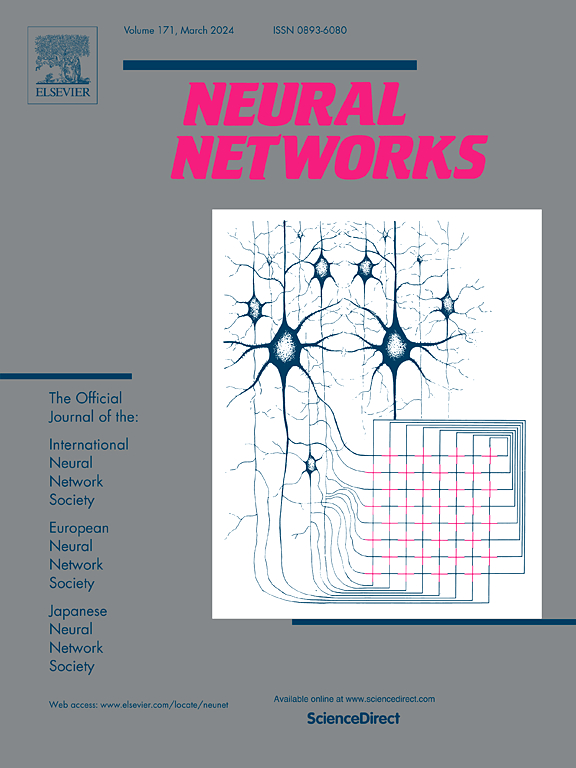Deep one-class probability learning for end-to-end image classification
IF 6
1区 计算机科学
Q1 COMPUTER SCIENCE, ARTIFICIAL INTELLIGENCE
引用次数: 0
Abstract
One-class learning has many application potentials in novelty, anomaly, and outlier detection systems. It aims to distinguish both positive and negative samples with a model trained via only positive samples or one-class annotated samples. With the difficulty in training an end-to-end classification network, existing methods usually make decisions indirectly. To fully exploit the learning capability of a deep network, in this paper, we propose to design a deep end-to-end binary image classifier based on convolutional neural network with input of image and output of classification result. Without negative training samples, we establish a probabilistic model driven by an energy to learn the distribution of positive samples. The energy is proposed based on the output of the network which subtly models the deep discriminations into statistics. During optimization, to overcome the difficulty of distribution estimation, we propose a novel particle swarm optimization algorithm based sampling method. Compared with existing methods, the proposed method is able to directly output classification results without additional thresholding or estimating operations. Moreover, the deep network is directly optimized via the probabilistic model which results in better adaptation of positive distribution and classification task. Experiments demonstrate the effectiveness and state-of-the-art performance of the proposed method.

求助全文
约1分钟内获得全文
求助全文
来源期刊

Neural Networks
工程技术-计算机:人工智能
CiteScore
13.90
自引率
7.70%
发文量
425
审稿时长
67 days
期刊介绍:
Neural Networks is a platform that aims to foster an international community of scholars and practitioners interested in neural networks, deep learning, and other approaches to artificial intelligence and machine learning. Our journal invites submissions covering various aspects of neural networks research, from computational neuroscience and cognitive modeling to mathematical analyses and engineering applications. By providing a forum for interdisciplinary discussions between biology and technology, we aim to encourage the development of biologically-inspired artificial intelligence.
 求助内容:
求助内容: 应助结果提醒方式:
应助结果提醒方式:


